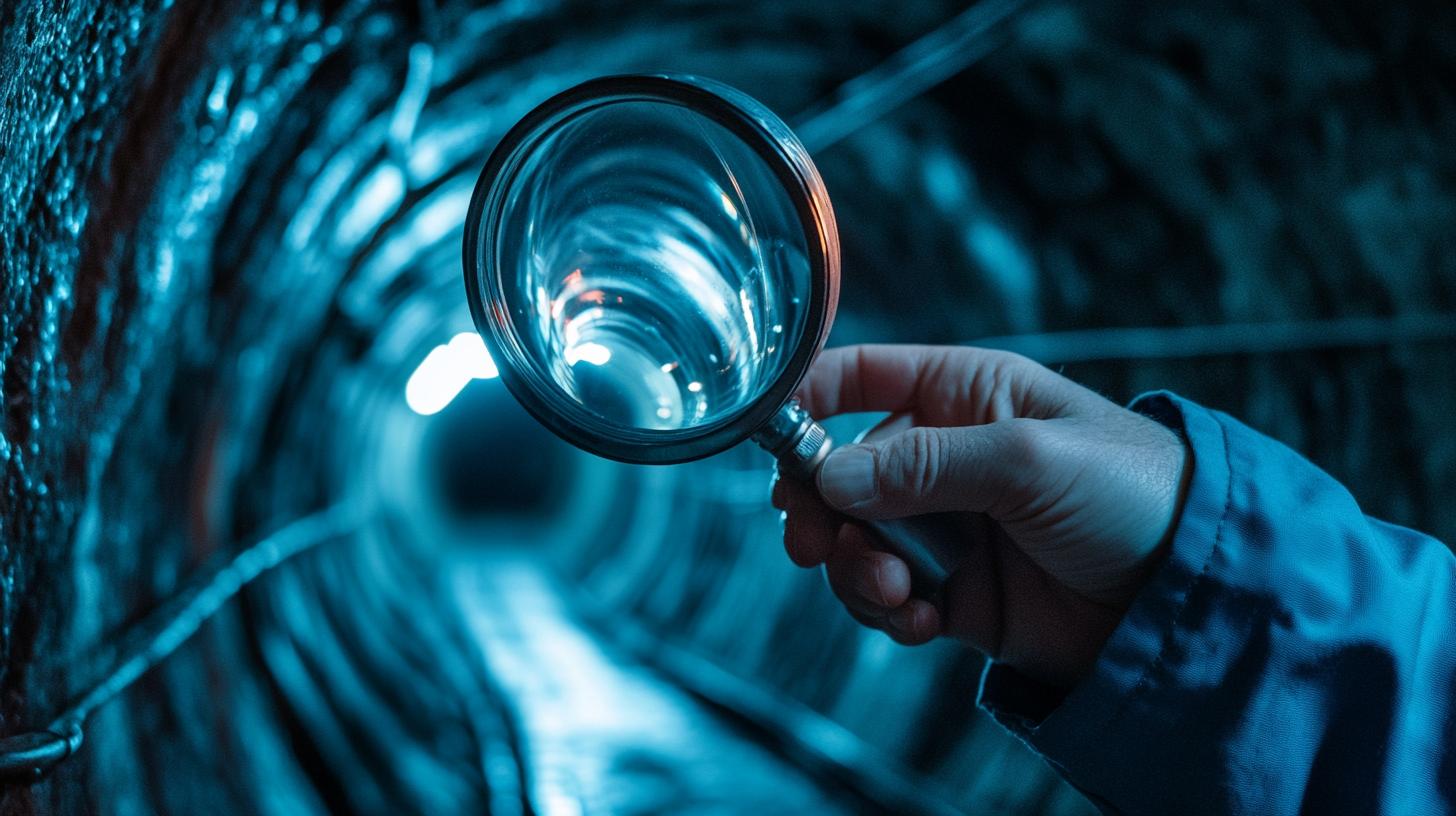The intricate workings of a camera have fascinated enthusiasts and professionals alike for generations. Understanding how a camera functions can deepen your appreciation for this essential tool in capturing life’s moments.
At its core, a basic camera operates on a simple principle: it collects and focuses light to form an image. The primary component responsible for this is the lens. When light enters the camera, it passes through the lens, which bends and directs it onto a light-sensitive surface. In digital cameras, this surface is the image sensor, typically a CCD (Charge-Coupled Device) or CMOS (Complementary Metal-Oxide-Semiconductor) sensor. These sensors convert light into electronic signals, capturing the image as digital data.
A crucial element in the process is the aperture, an adjustable opening within the lens that determines the amount of light entering the camera. A smaller aperture allows less light, increasing depth of field, while a larger aperture allows more light, reducing the depth of field but brightening the image. Working alongside the aperture, the shutter controls the duration of light exposure onto the sensor. Shutter speed can vary immensely, freezing motion with a fast shutter or capturing motion blur with a slower one.
Finally, the collected light is processed into a coherent image thanks to the camera’s processor. This microprocessor translates the sensor’s electronic signals into a visible photograph, often optimizing aspects like color balance and sharpness.
In essence, while cameras might seem ubiquitous and straightforward, they are complex marvels of technology that balance optics and electronics to preserve our memories vividly and accurately.
Revolutionary Camera Innovations Shaping Our Future
From cutting-edge dual-lens systems to computational photography, the camera has undergone transformative advancements, impacting not just individuals but also entire industries and communities. Beyond the basic mechanics of cameras, recent technological breakthroughs have introduced intriguing possibilities and sparked debates regarding privacy and artistry.
Innovative Technologies and Their Impact
The integration of artificial intelligence into modern cameras allows for features like facial recognition and scene detection, dramatically enhancing photographic quality and convenience. Smart cameras can now adjust settings in real-time to best capture subjects, making photography more accessible to amateurs. However, concerns over privacy have arisen, as these cameras can inadvertently capture personal data without consent.
Moreover, action cameras with stabilization features have revolutionized how extreme sports and outdoor adventures are documented, providing communities a new way to bond and relish collective experiences. They’ve also opened doors for citizen journalism, empowering individuals to share their perspectives globally.
How Do These Cameras Work?
Dual-lens systems and computational photography leverage multiple sensors and image processors to create detailed images with enhanced depth. The cameras process overlapping fields of view from different lenses, combining them into a single sharp image and enabling effects like bokeh, typically achieved through traditional optics.
Questions of Ethics and Artistry
The rise of algorithm-driven photography poses the question: does this technology enhance or diminish artistic expression? While it democratizes photography, some argue it may stifle creativity by automating aspects traditionally controlled by the photographer.
For further exploration into photographic technology, visit Nikon and Canon. These sources provide insights into advancements and emerging trends in photography.






















